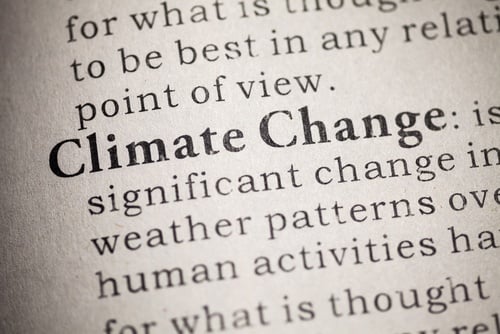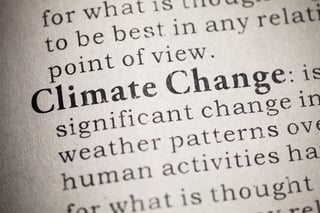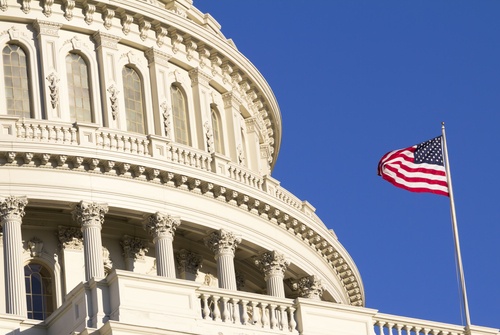Clean Power Plan Rollback - Serious Issue or Symbolism?


This March, President Trump signed an executive order to potentially roll back the Clean Power Plan, as part of a broader order regarding Energy Production & Independence in the US. The order directs the EPA to review the ruling and make a determination on whether to "rescind, repeal, or revise".
The basis of the order is the idea that the regulations hinder US energy production and have a job limiting effect. The administration has posited that the Clean Power Plan is an overstep by governmental regulating bodies, particularly the EPA, and is a part of the "War on Coal" that they promised to stop during the campaign season.
The order does not detail what replacement protocol would be in place, or what impact the change or repeal of the Clean Power Plan would have on the Paris accords, the global agreement that essentially rests on the CPP being in effect in the United States (Refresher on that here: Senate Strikes Down Clean Power Provisions Ahead of Climate Change Summit )
The Clean Power Plan, as put forth by the Obama Administration, would require States to limit carbon emissions from power plants by 32% of 2005 levels over 25 years. Initially, the 2014 drafts indicated much of the reduction would be achieved by a switch to natural gas (from coal and other carbon intensive sources) but the finalized 2015 version indicated most of the reduction would be achieved by moving to solar, wind, etc. (For details and a refresher on the power plant portion of the Clean Power Plan and the industry criticisms of it, particularly the renewable versus nat gas portions, you can read this article: "Obama, EPA announce First Ever Federal Regulations on Power Plant Emissions")
An interesting wrinkle to the entire debate raging over the CPP & the new Executive Order is that the Clean Power Plan is actually not currently in effect, officially anyways. The Plan is held up while pending lawsuits in many states, who have refused to comply with the plan details until the litigation is settled.
However, be that as it may, many States are addressing carbon regulation concerns themselves, joining states like California and basically the entire Northeast Region in handling in-house (For example, this article in Fast Company regarding the steps being taken by Virginia's governor, among others:"Obama's Clean Power Plan might be dead in DC, but States are rebuilding it themselves" )
In addition to States handling much of the issues in contention themselves, according to the State of Electric Utility Survey for 2017, when the folks who handle energy mixes for power plants were asked what the future of their energy production looked like, less than 4% of respondents indicated they anticipated adding more coal to their energy mix, with 52% predicting their coal usage would plummet.
So, how much of the executive order is merely symbolic? If many states and power generation companies are addressing the issue of coal and/or emissions themselves, its quite possible that even should the EPA greatly roll back the CPP, it may not be the "sky is falling" situation that many believe it would be.
I wrote an article about the current state of the Clean Power Plan, and what's happening in light of (and despite) the President's directive. You can read that article in Oil & Energy online here: The Clean Power Plan: Repeal or Replace?
What do you think the future holds for the Clean Power Plan?

